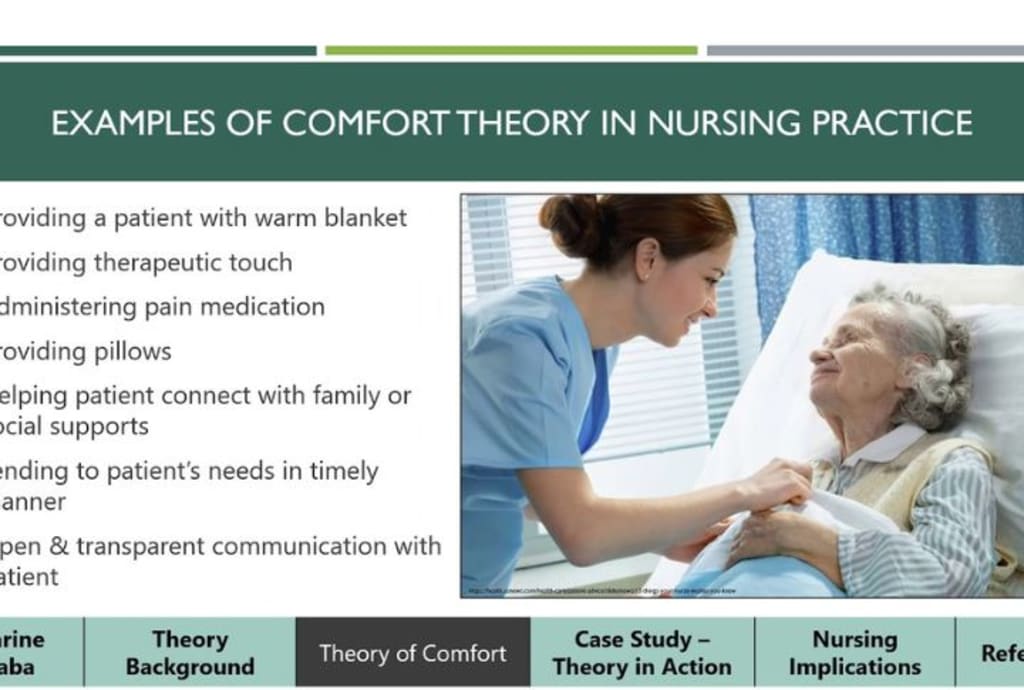
One of the sources for theory formation is the research process, which involves the examination of concepts and their related assertions. Notably, the research process answers numerous research questions while also generating new ones based on the findings. We can extract relevant research questions for a study on Family Nurse Practitioners in the context of a study on Family Nurse Practitioners.
The research method, on the other hand, generates answers that lead to theory. The fact that better treatment outcomes drive both the family nurse practitioner and the patient may be one of the explanations in this case, which relates to family nurse practitioners and associated theories. Furthermore, in providing basic healthcare, there is a need for successful teamwork between family nurse practitioners and physicians. Physical examinations, assessing health data, devising and implementing a treatment plan, referring patients to physicians, and following the patient's recovery strategy are all important tasks that family nurse practitioners play. These responses would lead to the development of theory in the field of family nurse practitioners.
In pediatric nursing, Kolcaba's comfort theory is useful. In pediatric nursing, health research, and health education, Kolcaba's theory is a moderate theory (Nursing Theory, 2013). The notion was first put into practice in the 1990s, and it has the potential to advocate for comfort in basic care. Comfort is, after all, one of the most basic requirements in pediatric nursing. Katharine Kolcaba, for example, did a comfort concept analysis regarding nursing and other medical disciplines. Transcendence, relief, and ease were identified as forms of comfort in the study (Nursing Theory, 2013). Physical, social, psychospiritual, and environmental factors of holistic human experience were also identified (Nursing Theory, 2013). In an ideal world, the findings of the study would lead to the development of a taxonomic framework that would describe Kolcaba's comfort theory (Nursing).
Kolcaba relied on particular values, data, or prior knowledge to support the comfort theory. He observes that comfort is derived from a holistic nursing art and that analyzing comfort as a holistic outcome would be critical in determining the efficacy of soothing measures (Kolcaba &DiMarco, 2005). He connects this to the fact that addressing a patient's comfort demands leads to a sensation of comfort, which manifests as alleviation (Nursing Theory, 2013). He also relies on the fact that most pediatric nurses consider comfort to be a transcultural and interdisciplinary consideration when evaluating treatment outcomes (Kolcaba &DiMarco, 2005). He also relies on the knowledge that, t guide nursing practice, a compatible, clear, and straightforward nursing theory is required.
Kolcaba was inspired to write the theory by the need to provide comfort to all patients, the concept of comfort as a comprehensive conclusion, and the universality of comfort. Furthermore, he was motivated by the potential for comfort tinexisting in physical, social, psychospiritual, and environmental circumstances (Nursing Theory, 2013). Finally, Kolcaba was motivated by the comfort theory's potential to fulfill human wants.
K. Kolcaba and M. A. DiMarco (2005). The application of comfort theory to pediatric nursing. 31(3):187-94 in Pediatric Nursing Journal.
K. Kolcaba, C. Tilton, and C. Drouin (2006). Comfort Theory is a comprehensive approach to improving the practicing environment. 36(11):538-44 in Journal of Nursing Administration.
The Comfort Theory uses deductive reasoning to present the most important concepts to a large number of people in the nursing field. Kolcaba reviewed several articles and thoughts related to the topic of comfort in healthcare throughout the theory's development. She noticed that the concept of comfort was intertwined with other nursing principles. She looked at three different theoretical models that centered on patient support and comfort. "Relief, Ease, and Transcendence" are among them (Kolcaba, 2001, p. 87). She reformulated these ideas and used them to develop the conceptual foundation for the targeted theory. By doing so, the theorist was able to filter down the available evidence to create the nursing model.





Comments
There are no comments for this story
Be the first to respond and start the conversation.